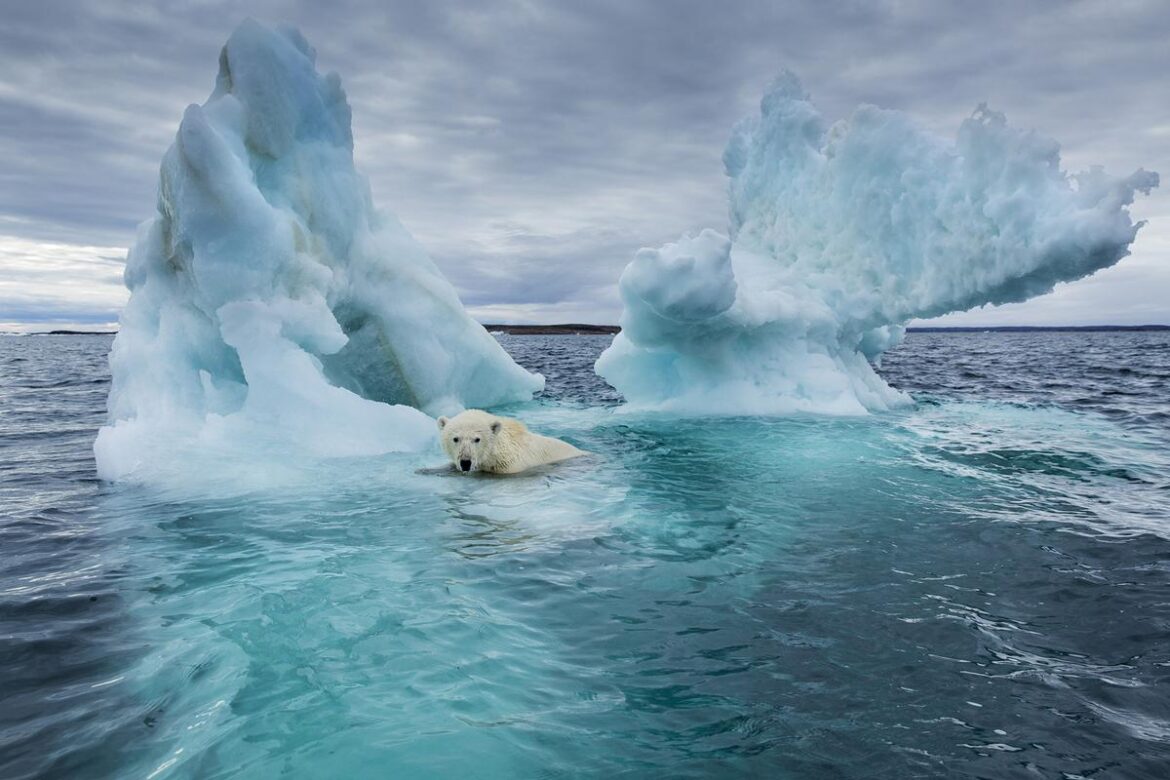Asia Warming Twice as Fast as Global Average
Asia is heating up at nearly double the pace of the global average, pushing millions to bear the brunt of relentless heatwaves and climate disasters, the World Meteorological Organization (WMO) warned in its latest report. The consequences are already visible: collapsed glaciers, deadly landslides, historic marine heatwaves, and thousands of lives lost.
The WMO’s State of the Climate in Asia 2024 report outlines a bleak picture. Not only did 2024 appear either the warmest or second warmest year on record, but the effects on national economies, agriculture, water supply, and public health are intensifying—especially in countries like India, Nepal, and China where billions depend on stable weather patterns.
Heatwaves and Human Toll in India
India, already grappling with air pollution and increasing urbanization, faced a barrage of devastating heatwaves. Over 450 heat-related deaths were reported throughout the subcontinent, with major cities reaching dangerous temperature spikes during summer. Rural and low-income communities suffered the most, many without reliable access to cooling or water.
- Kerala’s Wayanad district saw flash floods and landslides—claiming over 350 lives.
- Deadly lightning storms struck across Indian states, killing around 1,300 people.
These weren’t isolated events. They marked a pattern of intensifying weather extremes. Rainfall irregularities, extended dry spells, and sudden deluges have become common, according to India’s Meteorological Department.
“Extreme weather is already exacting an unacceptably high toll,” said WMO secretary-general Celeste Saulo in a public statement, adding that climate stresses are undermining both regional stability and economies.
What’s Driving the Rapid Warming?
Asia’s landmass stretches all the way to the Arctic, creating vast areas where land heating vastly outpaces ocean warming. And here’s what makes it worrying: land temperatures rise faster due to lower water retention and stronger surface radiation. The report shows that average temperatures in the region from 1991 to 2024 rose nearly twice as fast compared to the 1961–1990 baseline.
The numbers from recent years say a lot:
- 1.04°C rise in 2024 compared to the 1991–2020 average.
- Massive and prolonged marine heatwaves affected most of Asia’s ocean area.
- It’s the largest marine heat event in Asia since 1993.
Glacier Collapse Threatens Water Security
High-Mountain Asia—spanning the Himalayas, the Tibetan Plateau, and areas of Central Asia—is losing glaciers at alarming rates. According to the WMO report, 23 out of 24 observed glaciers continued to shrink during 2023–2024. The root causes? Declining winter snowfall and punishing summer temperatures, particularly in:
- Central Himalayas (Nepal, Sikkim, Tibet region)
- Tian Shan mountain ranges (bordering China, Kyrgyzstan, Kazakhstan)
It’s not just about ice loss. These glaciers feed 10 major rivers, including the Ganges, Indus, and Brahmaputra. Combined, these rivers support around two billion people. If warming continues, access to clean water in densely populated regions could become uncertain—especially during dry seasons.
And that scenario doesn’t lie far in the future. Water stress amid high consumption, weak infrastructure, and seasonal glacier melt could turn into real conflict triggers sooner than most planners admit.
Government Response Lags Behind
Governments across Asia are recognizing the urgency—but not fast enough, some experts argue. While countries such as India have updated their national climate plans and expanded solar power initiatives, resilience-building for rural communities remains underfunded. Climate adaptation isn’t moving at the pace of climate change itself.
Questions remain:
- Are current policy frameworks enough to handle 2–3 degree shifts in regional temperatures?
- What happens when glacial-fed rivers like the Ganges start drying in summer?
- Can Asia’s mega-cities survive repeated 45°C+ heatwaves?
WMO’s leadership has stressed that now is not the time for long-term goal setting alone. Instead, there’s a desperate need for short-term action with measurable results.
Marine Heatwaves: The Silent Climate Threat
Another dynamic adding to the climate cost is ocean warming. In 2024, most of Asia’s marine territory suffered from powerful heatwaves—affecting fisheries, coral reefs, and the economies built around coastal waters. The severity and intensity reached peaks not seen in three decades.
“We’re not used to looking at oceans as fast-moving environments, but right now they’re warning us—loud and clear,” said an oceanic researcher connected with the study.
Coastal regions in countries like Japan, South Korea, Indonesia and the Philippines have already reported disrupted fish breeding and die-offs. Some local fishing revenues have slumped by 30 percent year-on-year. Coral bleaching is rampant, further threatening marine biodiversity.
What Could Be Next for Asia?
The real risk lies in compounding impacts. Rising temperatures lead to more heatwaves, weaker snow seasons, faster glacial retreat, irregular rainfall, and degraded agriculture. All of it layering over existing pressure points: poverty, dense populations, and limited health care capacity in remote areas.
As the WMO notes, this is no longer about prediction. It’s already here. Asia is living a climate emergency—one that ways of life, cultural patterns, and economies are not prepared for.
Yet there’s a muted urgency in many circles. People adjust, they endure. But the temperature lines don’t lie, and the damage has been recorded. Next year might not be better. It might be worse. At what point does the discomfort become unlivable?
One year’s record-breaking heat now just sets the bar for the next. One disaster resets the memory. But the climate keeps climbing—and Asia is on the frontlines.

